Are (3R,4S)-3,4-Dimethylhexane and (3S,4R)-3,4-Dimethylhexane the Same?
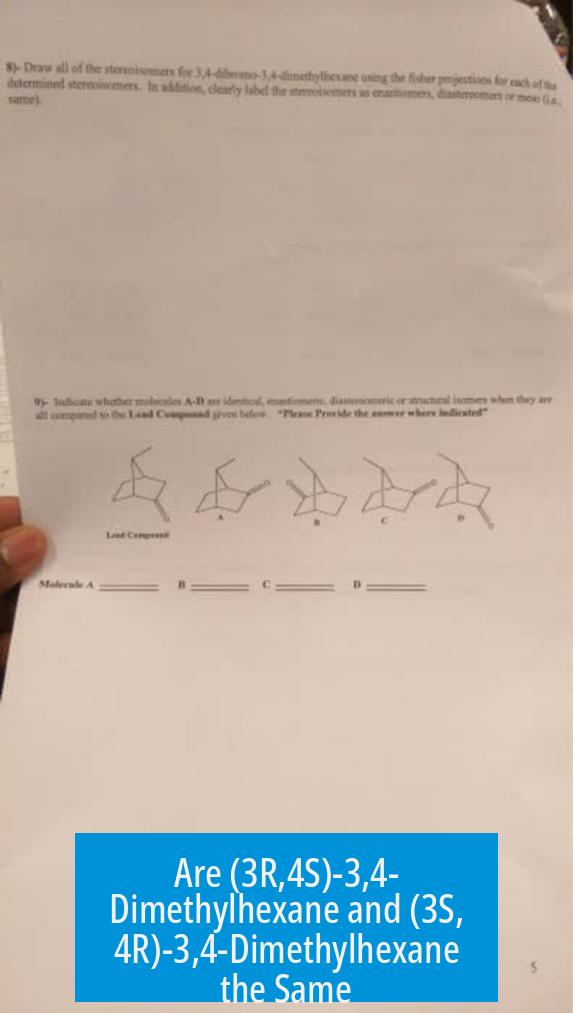
Yes, (3R,4S)-3,4-dimethylhexane and (3S,4R)-3,4-dimethylhexane represent the same molecule due to its meso nature, meaning the stereochemical descriptors change with the direction of numbering but describe an identical compound.
Understanding the Meso Nature
This molecule is a meso compound. Meso compounds have an internal plane of symmetry.
Because of this symmetry, the molecule is superimposable on its mirror image. It is achiral despite having stereocenters.
Impact of Numbering Direction on Stereochemistry
Stereochemical notations such as R and S depend on numbering the carbon chain.
- If counting starts from the top carbon (as indicated), the molecule is labeled (3R,4S).
- Counting from the right-most carbon reverses the order of substituents, resulting in (3S,4R).
Both sets of labels refer to the same physical molecule. This switch occurs because changing the numbering direction inverses the priority assignment at stereocenters.
Role of Priority in R/S Assignment
Assigning R or S depends on Cahn-Ingold-Prelog priority rules, which rank substituents by atomic number and connectivity.
In this molecule, substituent priorities influence the R and S designations but not the molecule’s identity. Alphabetical order of identical methyl groups does not affect the meso property.
Summary of Key Points
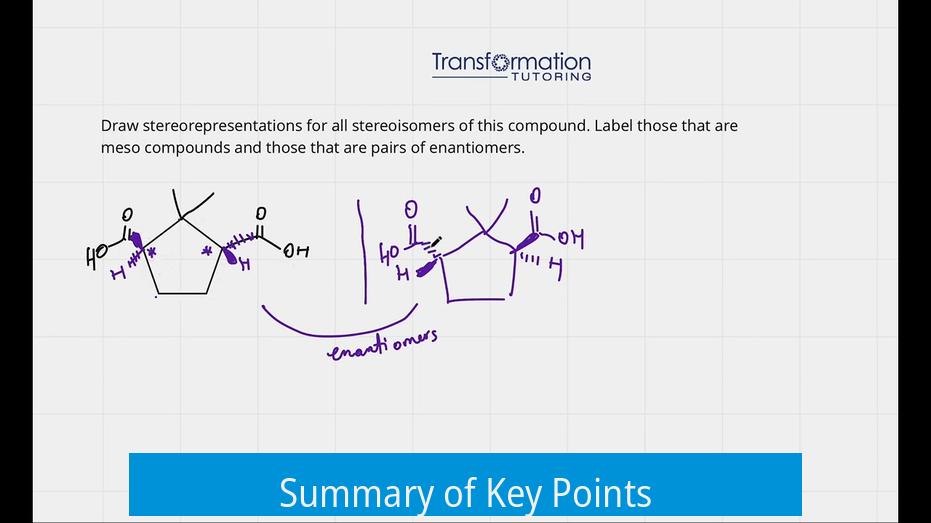
- The molecule’s meso nature ensures internal symmetry and achirality.
- Changing carbon numbering from top to right leads to a switch from (3R,4S) to (3S,4R) without altering the compound.
- R/S assignments follow priority rules but vary with numbering direction.
- Meso compounds do not have enantiomers; labeling changes reflect numbering convention only.
Would (3R,4S)-3,4-dimethylhexane be the same for this molecule if I counted from the top carbon (where my mouse is) versus counting from the right most carbon which gives you (3S,4R)-3,4-dimethylhexane?
Short answer? Yes, it’s the same molecule. The twist is that the stereochemical labels switch (from (3S,4R) to (3R,4S)) depending on which end you start counting, but the underlying compound doesn’t change. The reason behind this fascinating nomenclature quirk lies within the molecule’s meso nature — it’s symmetrical and not chiral overall. Let’s dive deep.
At first glance, the differing stereochemical labels might seem to point to different molecules. But for (3R,4S)-3,4-dimethylhexane, counting carbons from the “top” or the “rightmost” end is like reading a sentence forward or backward: the meaning stays the same, even if the letters look different.
Why does counting direction change the given configuration?
Stereochemical descriptors like R (rectus) and S (sinister) aren’t absolute numbers assigned to carbons in isolation — they depend heavily on the substituents attached and their spatial orientation according to the Cahn-Ingold-Prelog (CIP) priority rules.
When you number a molecule differently — say, starting from the carbon where your mouse happens to be (“top carbon”) versus the right-most carbon — the whole numbering scheme shifts. This shift flips which carbons become numbers 3 and 4. Subsequently, what you once thought was carbon 3 with an S configuration might now be number 4 with R configuration, or vice versa. The molecule itself remains unchanged, safe from any identity crisis.
Meet the star of the show: The Meso Compound
Now, here’s the real gem: this molecule is meso. Meso compounds have an internal plane of symmetry. Despite possessing chiral centers (in this case, carbons 3 and 4 both attached to methyl groups), the symmetry cancels out overall chirality. That means no optical activity, no mirror-image twins causing confusion.
It’s exactly this plane of symmetry that allows flipping the numbering direction without generating a different molecule. Counting from top or right leads you to the same compound, just with stereochemical labels flipped from (3R,4S) to (3S,4R).
So, what’s the implication for nomenclature and practice?

In naming, the International Union of Pure and Applied Chemistry (IUPAC) conventions specify numbering directions to give the substituents lowest possible numbers. However, for meso compounds, variations in numbering that flip R/S labels don’t create new isomers. Instead, you get the same molecule named in a mirror-symmetric way.
This also explains why chemists sometimes write (meso)-3,4-dimethylhexane instead of the full R/S notation — to emphasize that this is a special, symmetrical compound, eliminating ambiguity or confusion about enantiomers.
Does methyl priority affect the naming here?
One might wonder whether the priority of substituents, like which methyl group is given priority, plays a role. Generally, CIP rules rank substituents by atomic number first, then by atomic mass, and so forth. In this molecule’s symmetrical scenario, the two methyl groups make identical contributions—no sneaky tricks here.
In fact, since the molecule is meso, the relative priority distinctions between the two methyl groups do not alter the molecule’s name as much as in asymmetric molecules. The R/S designations can toggle based on numbering, but the real identity rests on the symmetry.
What does this mean for chirality and isomerism?
- Chiral Centers: The carbons at positions 3 and 4 are chiral centers, possessing four different groups. This typically means chirality and optical activity.
- Meso Compound: However, that internal symmetry cancels the overall chirality.
- No Enantiomers: Because of its meso form, (3R,4S)-3,4-dimethylhexane does not have an enantiomeric mirror twin. You avoid the headache of enantiomer confusion.
- Relative Configuration Switch: The flip from (3R,4S) to (3S,4R) when reversing the numbering is a good exercise in stereochemistry but doesn’t imply a different substance.
Let’s contrast with examples
Imagine you have a pair of enantiomers (mirror-image isomers) labeled (3R,4R) and (3S,4S). They have real physical differences — rotate plane-polarized light differently, or interact differently with biological systems. But our meso compound is not like that.
It’s more like a symmetrical butterfly: flip it, and you see an identical twin, not an enantiomeric doppelganger. That graphical symmetry is what lets varying numbering approaches yield different stereochemical labels without changing what molecule you’re actually dealing with.
How to confidently name such molecules without confusion?
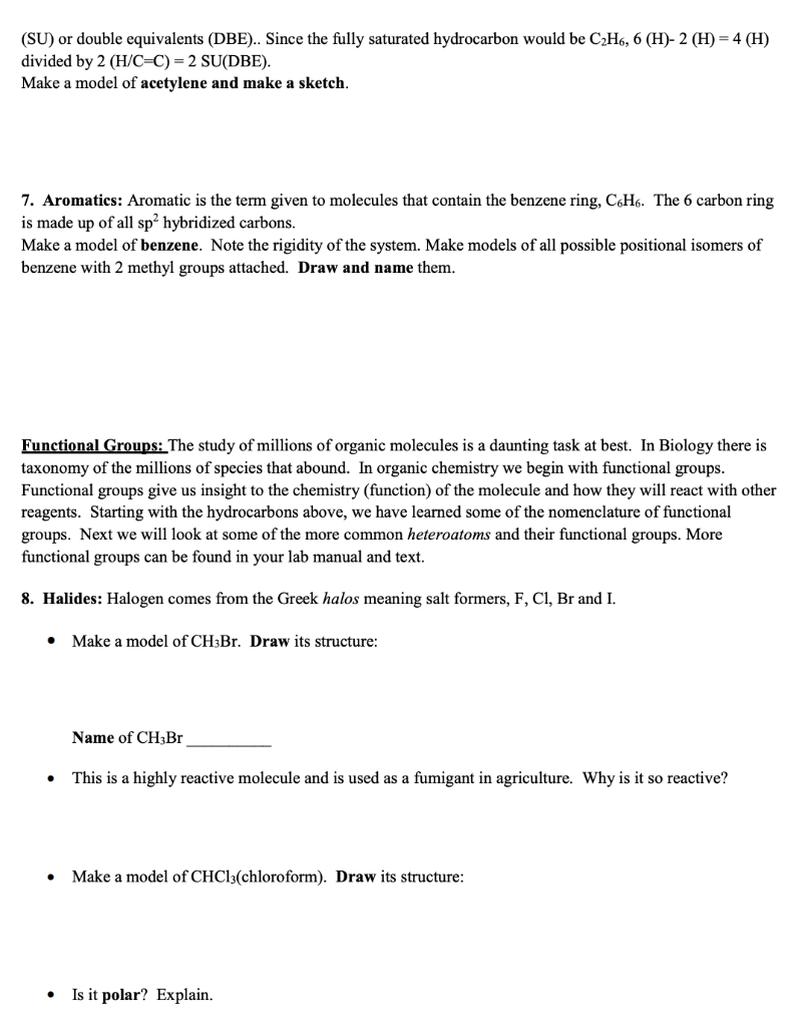
- Always start by identifying the longest carbon chain and numbering it to give substituents the lowest possible numbers.
- Assign R or S configurations following the CIP priority rules at each chiral center.
- Check for internal symmetry. If present, consider labeling the molecule as meso, which flags the equivalency of configurations upon numbering reversal.
- Remember that flipping numbering might invert R/S labels, but for meso compounds, it doesn’t create a new molecule.
Personal tip for mastering this:
When learning stereochemistry, use molecular models if possible. Physical representations help you visualize the symmetry and understand why counting direction flips R/S assignments but keeps the molecule unchanged. It’s often easier than imagining 3D in your head (trust me, your brain will thank you!).
Also, when you see the same compound named two ways—like (3R,4S) and (3S,4R)-3,4-dimethylhexane—don’t panic. Pause and consider the molecule’s core symmetry. Chances are high it’s a meso compound, and these “different” names are just two sides of the same coin.
To sum it up:
| Aspect | Explanation |
|---|---|
| Counting Direction | Reverses numbering; flips R/S labels at chiral centers. |
| Molecule | Remains identical; no enantiomers due to meso symmetry. |
| Naming | Either (3R,4S) or (3S,4R) versions are valid for the same meso compound. |
| Priority of Substituents | Not impactful here due to symmetry; methyl groups identical. |
| Practical Advice | Use meso notation to avoid confusion; consult model or drawings. |
So next time you spot a (3R,4S)-3,4-dimethylhexane reversing its count and flashing (3S,4R), you’ll nod knowingly. This clever chemistry riddle has a simple answer grounded in symmetry and nomenclature rules. A little confusion, a pinch of stereochemistry, and voilà — clarity!
Does counting from different ends change the identity of (3R,4S)-3,4-dimethylhexane?
No. Counting from one end versus the other swaps the stereochemical labels but not the molecule’s identity. The compound remains the same due to its meso nature.
Why do the R/S designations switch when counting from opposite ends?
Numbering from the opposite side reverses the order of substituents, changing the stereochemical assignment. Thus, (3R,4S) becomes (3S,4R), but it still describes the same structure.
Is (3R,4S)-3,4-dimethylhexane a meso compound, and why does that matter?
Yes, it is meso. This means it has an internal plane of symmetry causing the molecule to be superimposable on its mirror image. So, different numbering does not create enantiomers.
How does priority influence R/S assignment in this molecule?
Priority follows standard CIP rules, but for this meso compound, the absolute configuration can flip depending on numbering. Methyl groups’ priorities affect naming but do not alter molecule identity.
Can different naming directions cause confusion between enantiomers here?
No. Because the molecule is meso, changing numbering just flips descriptors without producing enantiomers. So, (3R,4S) and (3S,4R) names point to the same molecule.


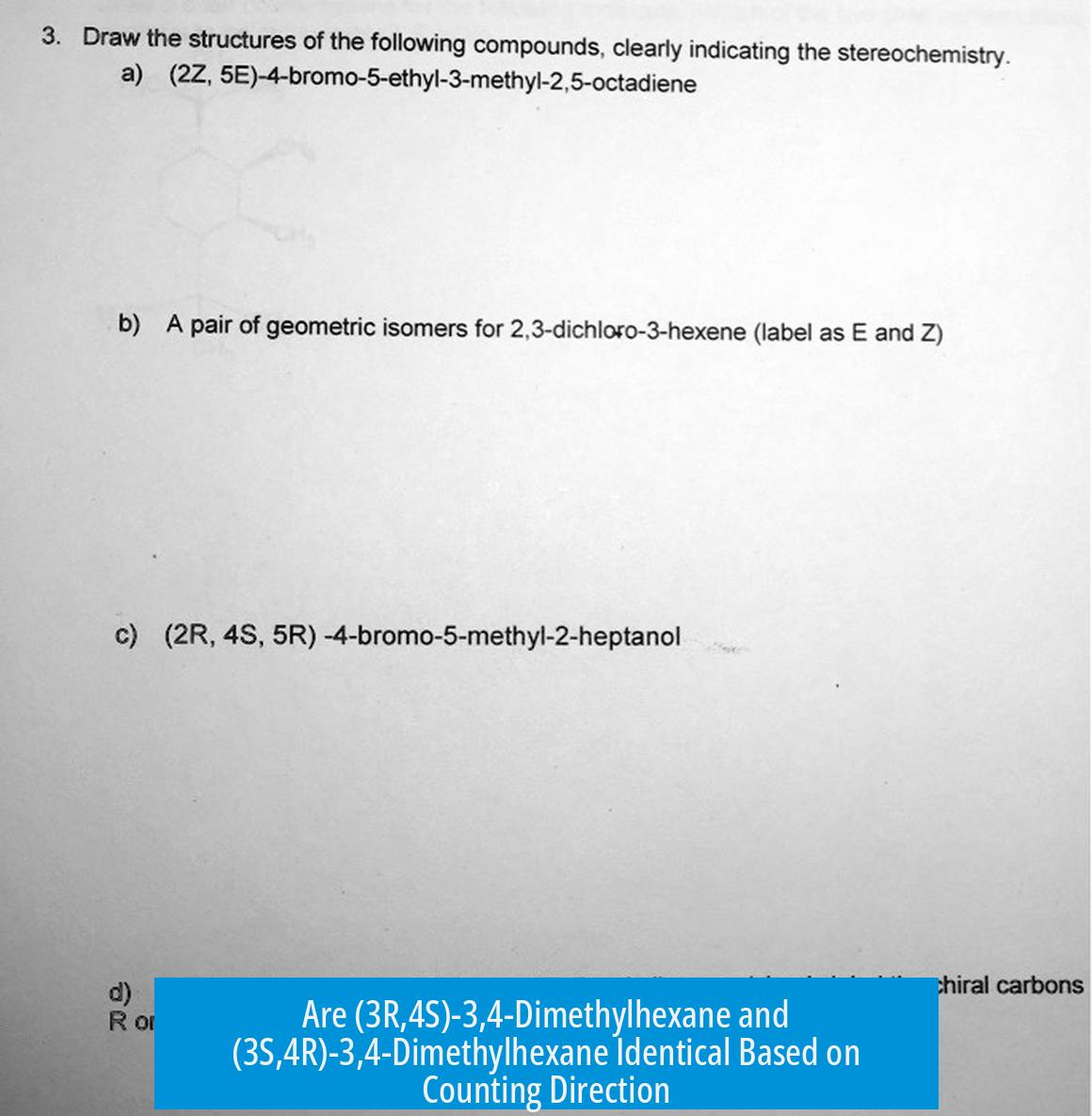
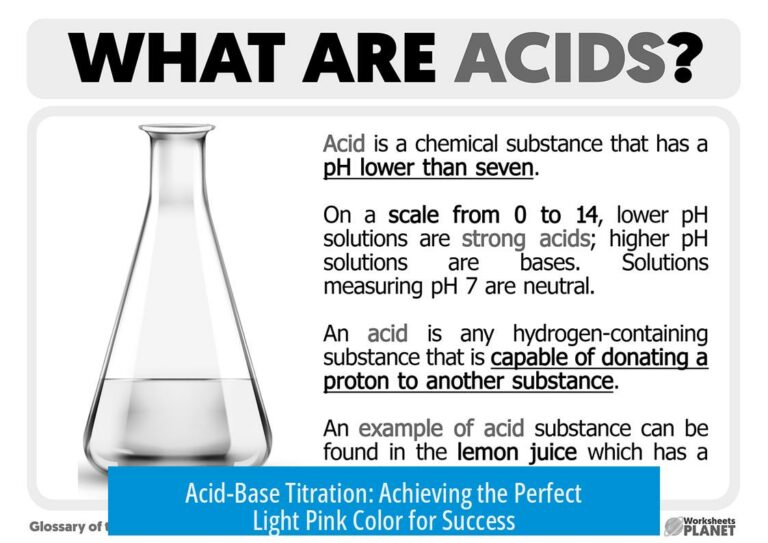

Leave a Comment